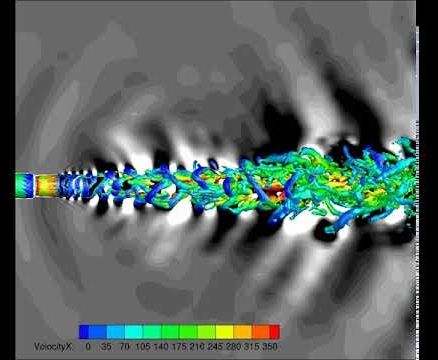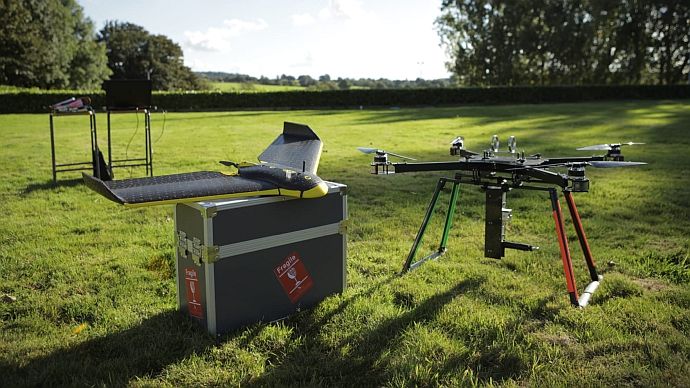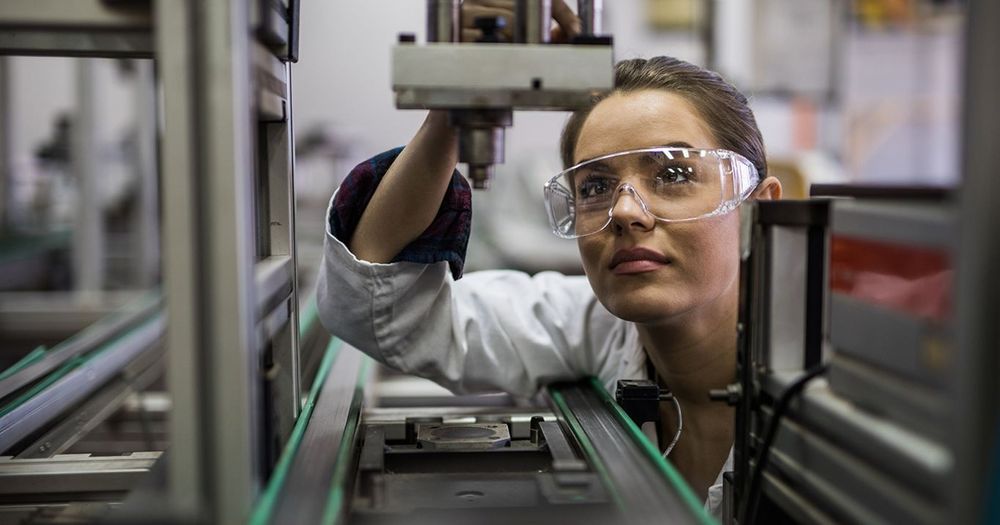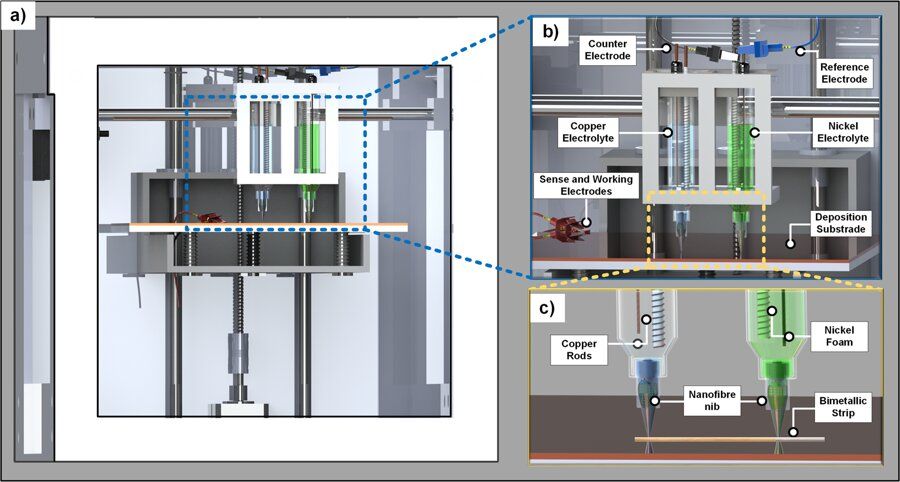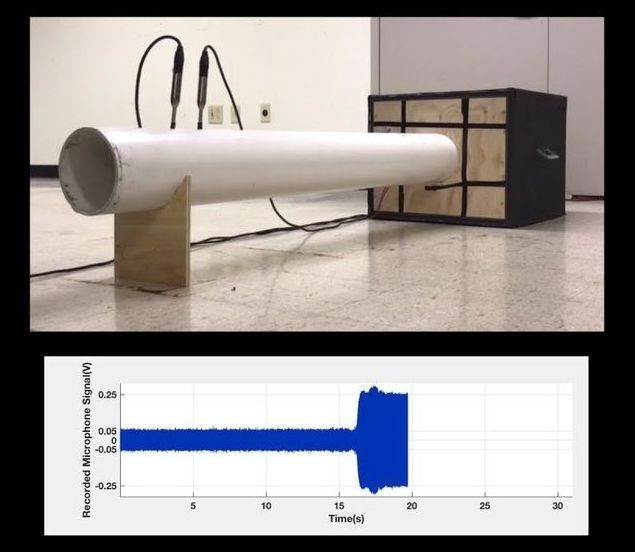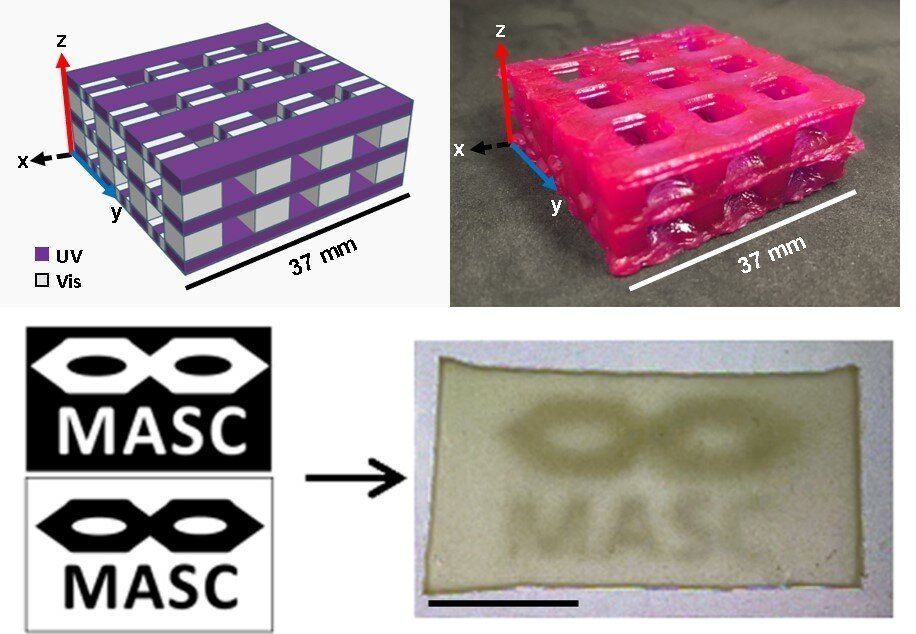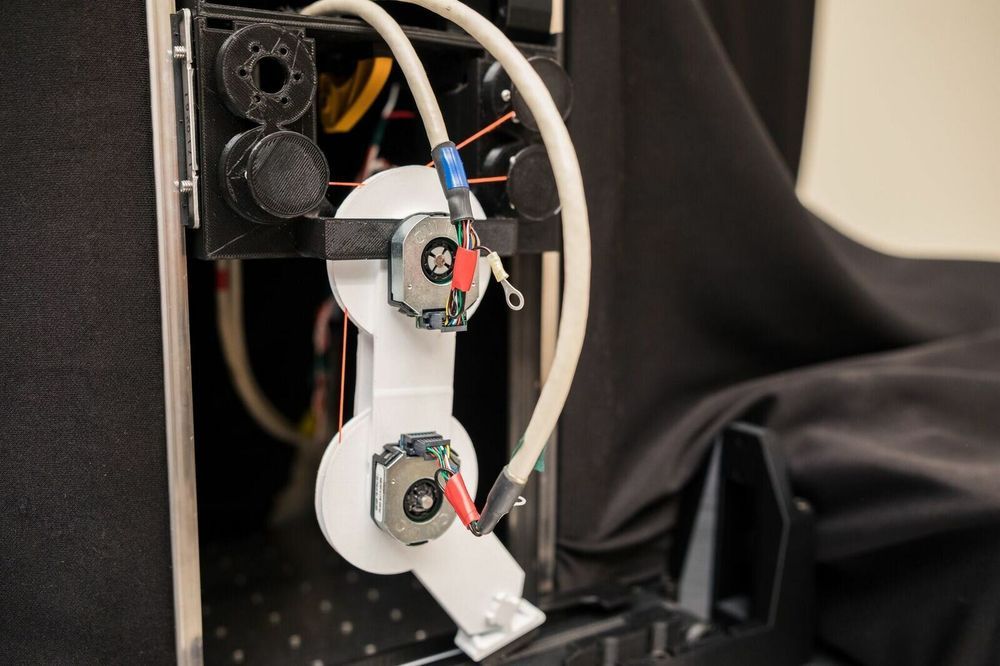It’s cliché to describe something very noisy as “louder than a jet engine.” But supersonic jet engines, like those powering fighters flown by the U.S. military, are so much louder than regular jet engines that scientists have a special term for their sound—” broadband shock-associated noise.”
Now, a team of faculty and students from the Department of Aerospace Engineering at the University of Kansas will design and test innovative technologies to cut noise from supersonic military jets. The U.S. Department of Defense’s Strategic Environmental Research and Development Program (SERDP), the DoD’s environmental science and technology program, is supporting a one-year, $200,000 effort at KU, with the potential to expand that support in the years ahead.
“This project will test ideas to reduce jet noise from supersonic military aircraft,” said Z.J. Wang, Spahr Professor of Aerospace Engineering at KU, who is heading the new effort. “At the moment, the noise is so loud that it affects the health of personnel working in close proximity to the aircraft and people living close to the military base. This is a challenging problem, and we’ve suggested some novel ideas which have potential.”
